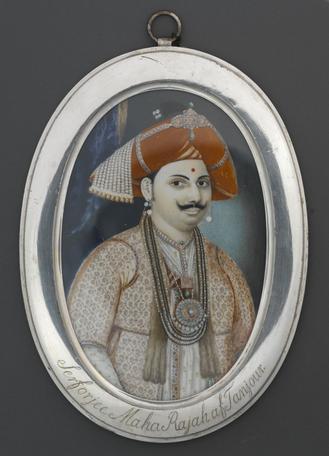Tranquebar tribute

With the establishment of Tranquebar as the first Danish trading post in India, the Danes became part of a complex political system in south India based on the reciprocal exchange of gifts and tributes between princely states. Until Tranquebar was sold to the British in 1845, an annual tribute was paid to the nayaks and later to the rajahs of Tanjore, a payment that was closely connected to ceremonial honours and symbols at the court. Rajah Serfoji II (r. 1798–1832), who had been placed on the throne by the British East India Company, considered the receipt of the tribute from a European power particularly honourable and received it in public with great ceremonies every year as an important symbol of his sovereignty. By closely analysing a dispute over the tribute that arose in the aftermath of the British occupation of Tranquebar in 1808–1816, the paper explores Indian, British, and Danish perceptions of the Tranquebar tribute. The paper seeks to understand Tranquebar in a south Indian context by focusing on diplomatic relations and disagreements. It is argued that the right to define the significance of the tribute was constantly being negotiated and contested in this colonial encounter.
Rastén, Simon. (2009). “The Tranquebar tribute: Contested perceptions during the reign of Rajah Serfoji II of Tanjore”, in Esther Fihl and A.R. Venkatachalapathy (eds.), Cultural Encounters in Tranquebar: Past and Present. Special issue of Review of Development and Change, vol. XIV, no. 1-2.
